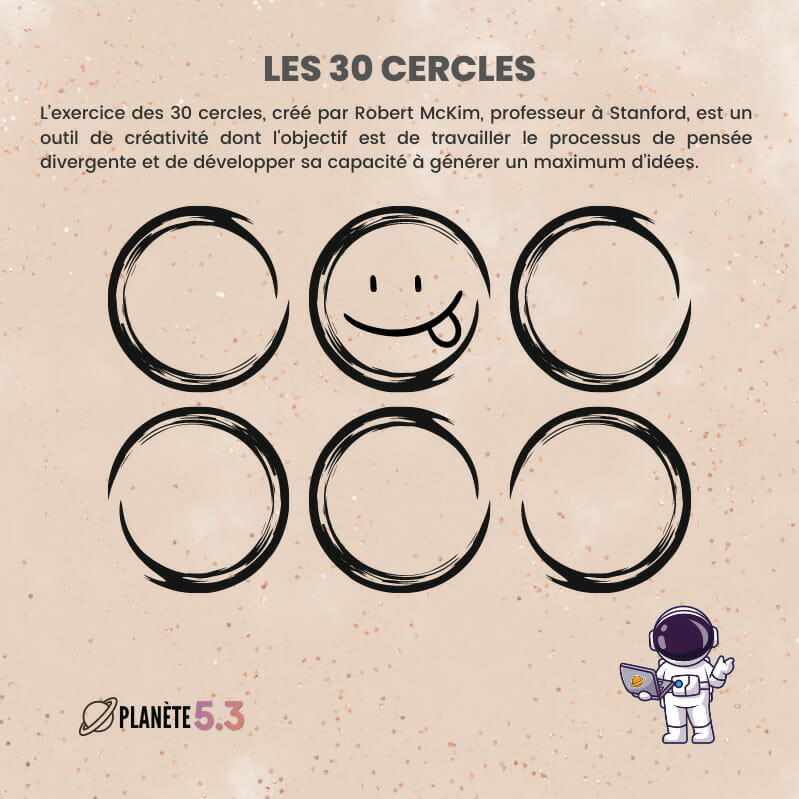Introducing your child to the concept of money is a gradual process that requires patience and creativity.

- Money is an often complex concept for children to understand.
- Teaching your child financial concepts early on will help them later, for healthy financial management but also for their autonomy and sense of responsibility.
- To help him, you can, for example, involve him in daily activities, especially when going shopping.
While money is a fundamental concept, it can be complex for children to understand. However, it is possible to teach them in a fun way the understanding of the value of objects, the distinction between their needs and their desires by introducing them from a very young age.
Why teach the value of money?
Taking the time to teach your child financial concepts early on can help them develop good habits. In the long term, you not only give them the necessary tools for healthy financial management, but you also help to develop the notion of responsibility and autonomy.
Make people understand the value of money
You can definitely start talking about money with your child from a very young age. Explaining that not everything is free and that some things require payment can be a good place to start.
In general, around the age of 4, he begins to understand that everyday objects, such as food, clothes or toys, have a cost. This establishes a basis for understanding the value of money without going into complex details.
As he gets older, you can simply explain to him that certain purchases are essential for well-being, such as food or housing, and that others, such as toys or outings, are additional pleasures. This helps them understand the difference between needs and wants and the importance of planning their expenses.
What practical activities to learn?
Involving your child in daily activities can be very educational and fun for them. For example, you can ask him to accompany you to stores to discuss purchasing choices together, allow him to pay in cash for small amounts, or play shopping at home. This way you interactively teach him the value of money.
You can also give him a piggy bank that will allow him to save for a desired object. He can also have fun comparing prices in stores. All these practical exercises make learning more concrete for him.
Find out more: “Teach your children about money: The guide to financial education from 3 to 18 years old: money, savings and investment as a family” by Rémi de Truchis de Varennes.















